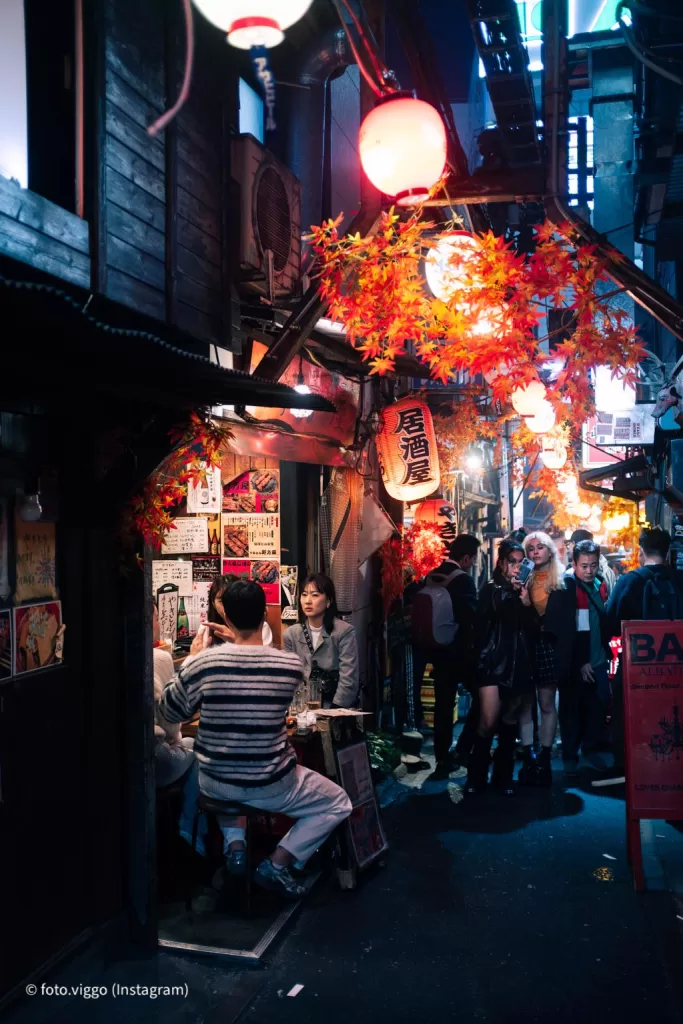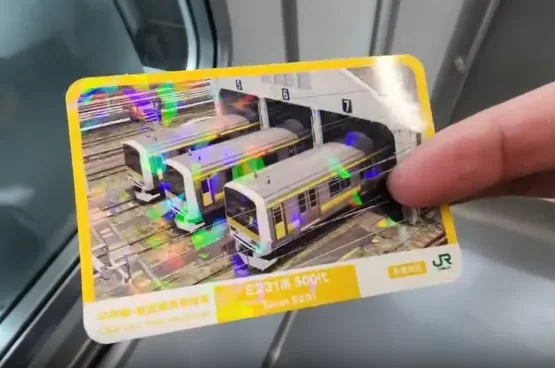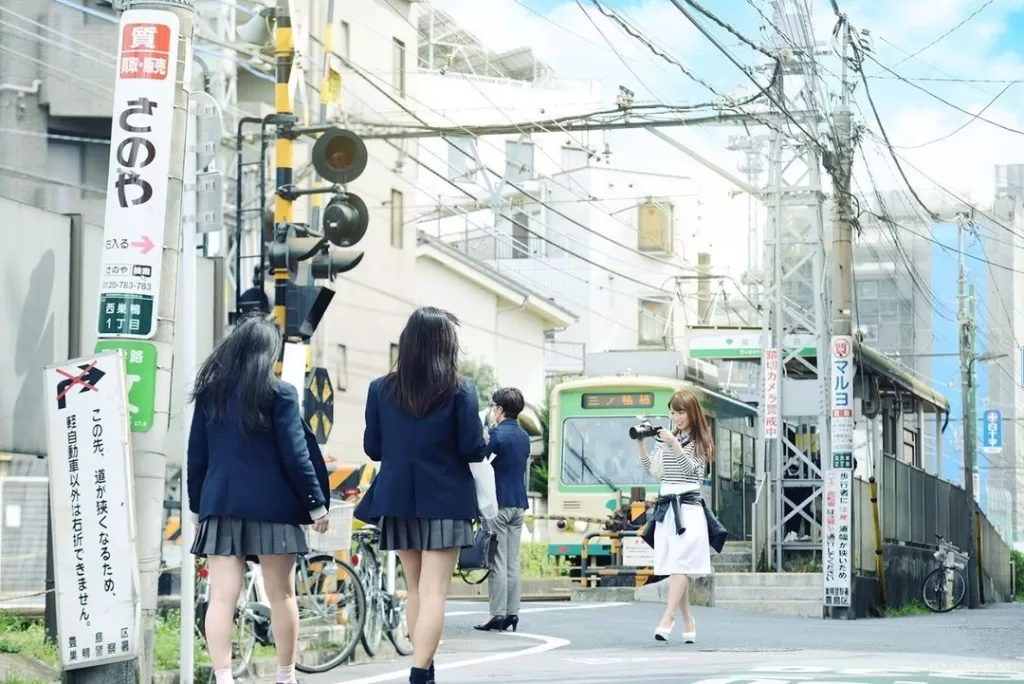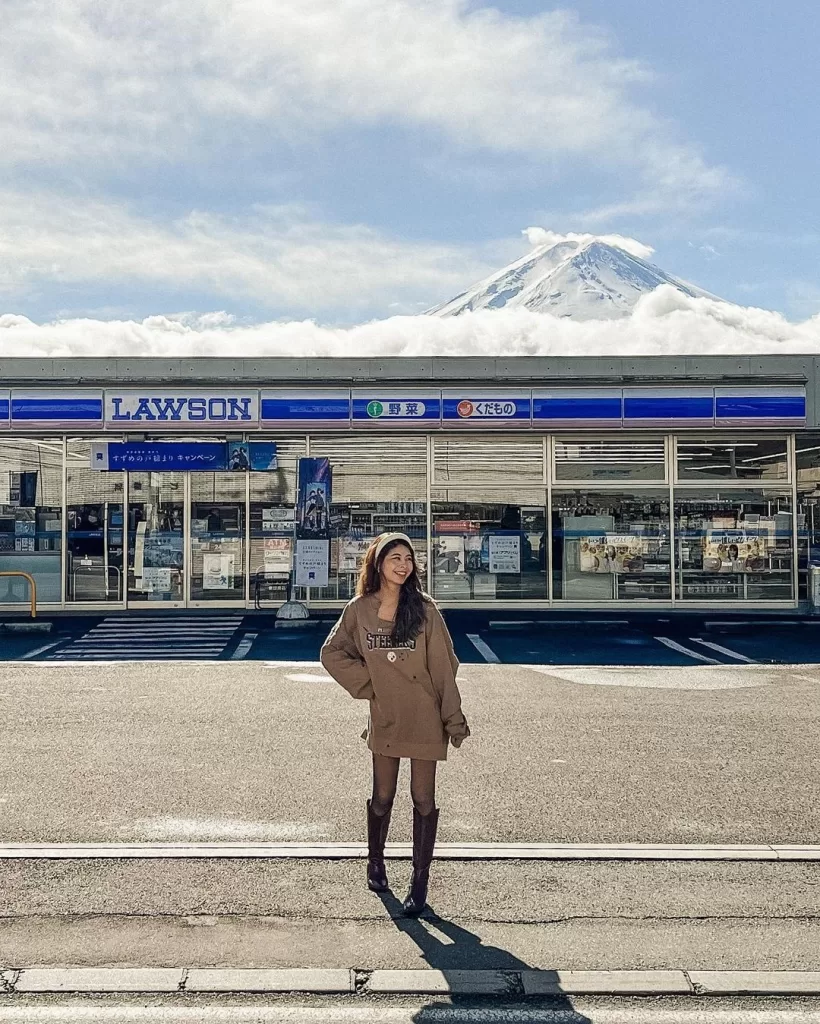14 Must-Know Tips For First-Time Traveler to Japan
Japan is a captivating country with a unique blend of ancient traditions and modern technology. If you’re an American planning your first trip to Japan, here are 14 essential tips to help you navigate this fascinating land and make the most of your journey.
1. Embrace the Cash-Based Society

Japan is still predominantly a cash-based society, so be prepared to carry more cash than you might be used to in the US. While credit cards are becoming more widely accepted, many smaller shops, restaurants, and vending machines only accept cash.
To manage your yen, invest in a small coin purse. Japan’s currency includes coins worth ¥1, ¥5, ¥10, ¥50, ¥100, and ¥500, so you’ll quickly accumulate a substantial amount of change. When making purchases, try to pay with exact change whenever possible, as it’s considered polite and will help you avoid accumulating too many coins.
2. Allow Flexibility in Your Itinerary

While it’s tempting to plan every moment of your trip, allow some flexibility in your daily itinerary. Japan is a country that rewards spontaneous exploration, and some of your most memorable experiences may come from unplanned moments.
Instead of jam-packing your schedule, create a list of must-see attractions and allow time for wandering. Get lost in the winding streets of Tokyo’s neighborhoods, stumble upon hidden shrines in Kyoto, or discover a charming café in Osaka. Embracing the unexpected will add depth and authenticity to your Japanese adventure.
3. Simplify Your Travels with an IC Card

An IC card, such as Suica or Pasmo, is an essential tool for navigating Japan’s extensive public transportation network. These rechargeable cards can be used on trains, buses, and even in some taxis across multiple cities, including Tokyo, Osaka, and Kyoto.
In addition to transportation, IC cards can also be used for purchases at convenience stores, vending machines, and some restaurants. You can purchase an IC card at most train stations, including Narita and Haneda airports, for a ¥500 deposit, which is refundable when you return the card. Simply charge your card with the desired amount and tap it on the reader when entering and exiting train stations or making purchases.
4. Prepare for Plenty of Walking

Japan’s cities are best explored on foot, so be prepared to walk a lot during your trip. On average, you can expect to walk around 5 miles (8 kilometers) per day, especially in bustling cities like Tokyo and Osaka.
To ensure your comfort, pack a pair of sturdy, broken-in walking shoes. Opt for shoes with good arch support and cushioning to prevent fatigue and blisters. Remember, you’ll likely be removing your shoes frequently when entering temples, shrines, and some restaurants, so consider shoes that are easy to slip on and off.
5. Learn Basic Japanese Phrases

While English is more widely spoken in Japan than in the past, particularly in tourist areas, it’s still not as prevalent as you might expect. Learning a few basic Japanese phrases will go a long way in showing respect for the local culture and making your daily interactions smoother.
Some essential phrases to learn include “sumimasen” (excuse me/sorry), “arigatō gozaimasu” (thank you very much), “onegaishimasu” (please), and “eigo no menyu wa arimasu ka?” (do you have an English menu?). Don’t worry about perfect pronunciation; locals will appreciate your effort to speak their language.
6. Discover the Wonders of Konbini

Convenience stores, or “konbini,” are a quintessential part of Japanese culture and a traveler’s best friend. Chains like 7-Eleven, Lawson, and FamilyMart offer a wide range of high-quality, affordable meals, snacks, and essentials.
In addition to grabbing a quick bite, you can use konbini for ATM withdrawals (7-Eleven ATMs accept most international cards), purchasing tickets for events and attractions, and even paying utility bills. Konbini are open 24/7, making them a reliable resource for any time of day or night.
7. Stay Connected with Pocket WiFi or a Local SIM Card

While free WiFi is available at some public spaces and accommodations, it can be spotty and unreliable. To ensure you stay connected throughout your trip, consider renting a pocket WiFi device or purchasing a local SIM card for your unlocked smartphone.
Pocket WiFi devices can be rented at airports or online before your trip, with prices ranging from ¥500 to ¥1,500 per day, depending on the data allowance and rental duration. Local SIM cards can be purchased at airports or electronics stores, such as Bic Camera or Yodobashi Camera, with prices starting at around ¥3,000 for a 30-day plan with 3GB of data.
8. Lighten Your Load with Luggage Forwarding

If you’re planning to visit multiple cities during your trip, consider using a luggage forwarding service to lighten your load. Yamato Transport, also known as “Kuroneko Yamato” (Black Cat Yamato), is a reliable and affordable option for sending your luggage ahead to your next hotel.
You can arrange luggage forwarding at most hotels, convenience stores, or Yamato Transport offices. Prices start at around ¥1,500 per piece and vary depending on the size and distance. By forwarding your luggage, you can travel more comfortably on public transportation and avoid the hassle of carrying heavy bags up and down stairs in train stations.
9. Embrace the Vending Machine Culture

Japan is known for its ubiquitous vending machines, which offer an astonishing variety of hot and cold drinks, snacks, and even some surprising items like neckties and origami. With over 5 million vending machines nationwide, you’re never far from a quick refreshment.
Most vending machines accept coins, bills, and IC cards, making them a convenient option for on-the-go drinks. Don’t be afraid to try unique flavors like green tea, roasted barley tea (mugicha), or seasonal fruit sodas. Some vending machines even offer hot drinks like coffee and tea, perfect for chilly days.
10. Understand Tipping Etiquette

Unlike in the United States, tipping is not customary in Japan. In fact, attempting to tip at restaurants, hotels, or taxis can cause confusion or even be considered rude.
Japanese service industry workers take great pride in their work and provide excellent service as a standard, without the expectation of additional gratuity. If you do feel compelled to show your appreciation, consider giving a small gift from your home country or writing a heartfelt thank-you note instead.
11. Navigate with Google Maps and Station Staff

Japan’s public transportation system is renowned for its efficiency and punctuality. While Google Maps is an excellent resource for navigating the country’s extensive train and bus networks, keep in mind that it may not always have the most up-to-date information on route changes or delays.
If you find yourself lost or confused in a train station, don’t hesitate to ask the station staff for assistance. Most staff members speak some English and are happy to help guide you to your destination. Look for the green “midori no madoguchi” (green window) ticket office or the “koban” police box, where you can find staff ready to assist you.
12. Be Mindful of Trash Disposal

Japan is known for its cleanliness, and you’ll quickly notice the lack of public trash cans on streets and in train stations. This is due to a combination of cultural norms and a history of waste reduction efforts.
To manage your trash while out and about, carry a small bag or pack a few extra plastic bags to hold onto your garbage until you find a proper disposal location. Most convenience stores and vending machine areas have trash bins, often sorted into combustible, non-combustible, and recyclable categories. Be sure to dispose of your trash accordingly and help maintain Japan’s clean reputation.
13. Utilize Baggage Storage Lockers

If you’re taking a day trip or have a late check-in at your accommodation, baggage storage lockers can be a lifesaver. Most major train stations in Japan, including Tokyo, Shinjuku, and Kyoto, offer coin-operated lockers in various sizes to accommodate your luggage.
Locker fees range from ¥300 to ¥800 per day, depending on the size and location. Some lockers also accept IC cards for payment. Be aware that during peak travel seasons, such as Golden Week or New Year’s, lockers may fill up quickly, so plan accordingly.
14. Plan for Seasonal Weather

Japan experiences a wide range of weather conditions throughout the year, so it’s essential to plan your trip accordingly. Summer months (June to August) are hot and humid, with temperatures often exceeding 30°C (86°F) and high levels of rainfall, particularly during the rainy season (Tsuyu) in June and July.
Winter (December to February) can be cold, with temperatures dropping below freezing in some areas and heavy snowfall in northern regions like Hokkaido. The most pleasant times to visit are spring (March to May) and autumn (September to November), when temperatures are mild and the landscape is adorned with cherry blossoms or vibrant autumn foliage.
By keeping these tips in mind, you’ll be well-prepared for an unforgettable first trip to Japan. Embrace the unique culture, savor the delicious cuisine, and immerse yourself in the beauty and history of this captivating country. Your Japanese adventure awaits!